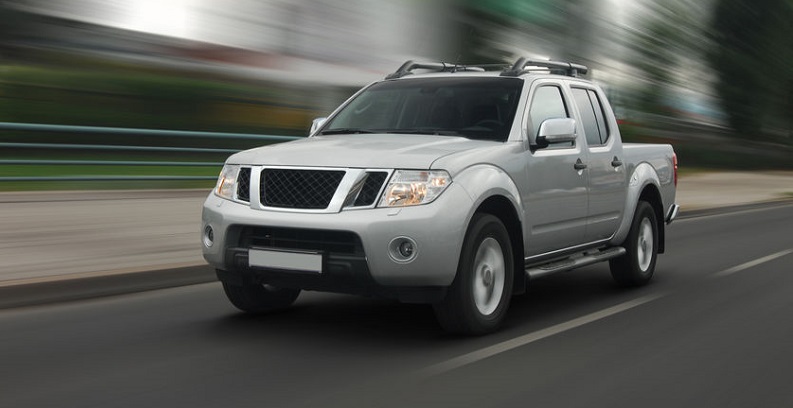A proliferation of heavier vehicles on the road is making side-impact accidents deadlier for passengers of cars. So crash tests are becoming tougher.
Size of Vehicle Can Impact Auto Accident Injuries
The Insurance Institute for Highway Safety (IIHS) conducts crash tests to better understand what it takes to keep vehicle passengers safe in the event of an auto accident. Although the tests have been extremely successful, IIHS is updating an aspect of them in light of a trend toward bigger vehicles on the road.
Taking Account of Large Vehicles
IIHS conducts many crash tests, including frontal and side-impact crashes, to gauge how well a car, truck, or SUV will bear up in common kinds of accidents. IIHS reports that in 2017, side-impact crashes killed more than 1,000 people and constituted nearly a fifth of all traffic fatalities. Although side-crash tests have helped improve safety, increasing numbers of larger vehicles are hitting the road, requiring a modification of this test.
According to The New York Times, SUVs and pickup trucks now account for 70 percent of vehicle sales, with nearly six million sold from January through June of 2019; during the same period, 2.5 million cars were sold. The trend can also be observed in Colorado. In Denver, as in many other big cities, the bulky Chevrolet Suburban accrues more miles than any other vehicle.
The Denver Post adds that the GMC Yukon XL is not far behind in racking up mileage. If heavy vehicles like these smash into the side of a smaller car, the passengers of the smaller car are more likely to be injured or killed than if the two vehicles had been of comparable bulk.
How can passengers be better protected?
Crash tests include both the vehicles being tested and the crash-test dummies inside the vehicles. The dummies come in different weights and sizes in imitation of human beings ranging from infants to adults. To an extent, the dummies react to accidents much as a human would, sustaining impacts to the head, chest, and other simulated body parts. Over the years, the results of these tests have been used to enhance safety by improving seat and seatbelt design, door structures, and front passenger airbags and side airbags.
In 2017, 58 percent of passengers killed in vehicle crashes were in cars. Only 19 percent were in pickup trucks and only 22 percent in SUVs. IIHS hopes that tougher crash tests will reduce that 58 percent number. This means crashing heavier things into the sides of vehicles to discover what safety features can keep passengers safe regardless of the kind of vehicle they are traveling in.
According to Becky Mueller, a senior researcher with IIHS:
“This is an opportunity to build on what we’ve learned in more than 15 years of side testing. We’ll update the things that need updating, but we don’t need to throw out the things that still work well.”
If you or a loved one has been injured in an accident, contact Colorado personal injury attorney Dan Rosen online or call (303) 454-8000 or (800) ROSEN-911 to schedule your free initial consultation.

